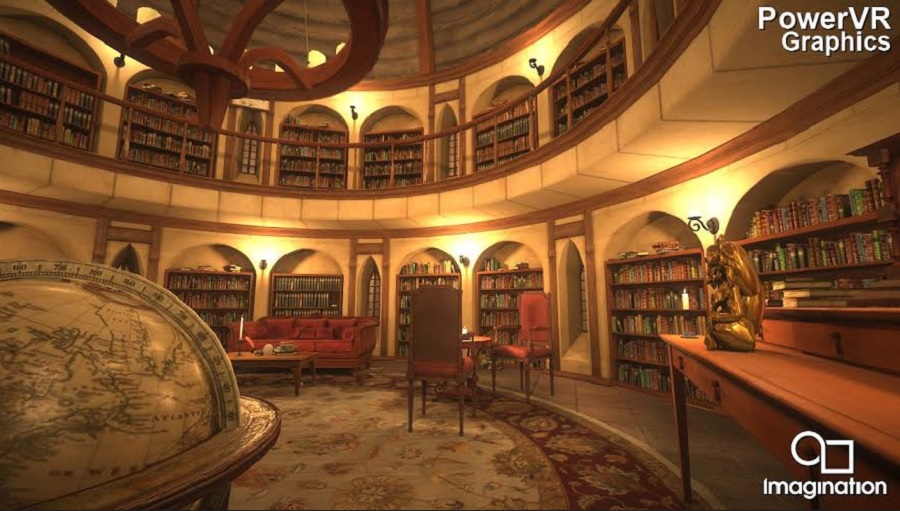The graphics in digital gadgets, from wearables to smart TVs, are about to get more snappy and responsive.
Imagination Technologies is launching its latest graphics cores that can be licensed by chip vendors to build full graphics chips. The London company says that these new cores offer a 60 percent improvement in performance, ranging from 20 gigaflops at the low end to 1.5 teraflops at the high end, compared to the previous generation.

Unlock premium content and VIP community perks with GB M A X! Join now to enjoy our free and premium perks.
Join now →
Sign in to your account.

